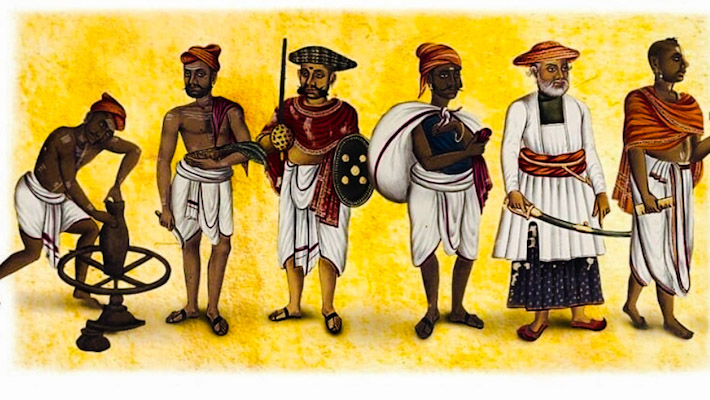
The idea of the caste system has been therefore deeply established within the Indian mind that, contrary to common belief it still exists in several elements of India. It’s not visible in plain sight however continues in a very disguised manner. This can be the time once we are expected to settle and welcome the rebranded, rephrased and pretentiously excusable version of the caste system.
Travelers to India have commented on caste for quite 2 thousand years. In Indian society the cluster comes 1st, not like foreign society that provides most importance to the individual temperament. Once a person’s family, the caste commands associate individual’s major loyalty. Indians still usually determine themselves by the community they belong to and caste remains an element in wedding choice. Additionally, caste has allowed innumerable groups that have migrated into India to search out an area and to play a very important role.
“We divided ourselves among caste, creed, culture and countries but what is undivided remains most valuable: a mere smile and the love.”
~ Santosh Kalwar, Author
The caste system as we have a tendency to see it nowadays has not been pronounced in only one book; actually it's been formed by multiple texts. The foremost ancient mention of the cast system is found within the Rig Vedic literature, believed to be developed between 1500-800 BC, wherever it had been known as the Varna system. It classified the society into four Varna’s: the Brahmins: clergymen, students and teachers; the Kshatriyas: rulers, warriors and administrators; the Vaishyas: cattle herders, agriculturists, artisans and merchants; and also the Shudras: laborers and repair suppliers.
These distinctions were mentioned within the Purusha Sukta verse of the religious text, though some scholars believe that this clause was intercalary a lot of later than the religious writing period. Similar laws were articulated in Manu Smriti, that is believed to be written between two hundred BC-200 AD and that served because the guiding text for formulating Hindu laws by the British government. Even Mahabharata, the text of that was completed by fourth century AD, had mentions of the four-tier varna system.
The caste system in India is named jati. The term caste seems in most Indian languages and is expounded to the thought indicates a sort of existence determined by birth. There are maybe quite 3000 jatis in India and there's nobody all-Indian system of ranking them so as of status, every caste incorporates a specific job, however not everybody within the caste implements.
Therefore there are barbers who don't shave, carpenters who don't build, and Brahmins who don't act as monks. A caste is known in a very native setting by whom its members can settle for food and water from and to that jatis its members can offer food and water. Individuals can attempt to marry their sons and daughters to members of their same caste and can offer their major loyalty to their caste. Caste can sometimes be organized into a biradari (a brotherhood), associated this organization carries out the business and oversees the operating of the caste and has the ability to exclude a wrongdoer from the caste.
In India, former untouchable castes and a number of other tribal groups still are subjected to discrimination, economic and social exclusion and a stigmatized identity. In addition , like hate crimes in different elements of the globe, these groups are victims of crimes and atrocities at the hands of the higher castes – mostly on account of their low caste identity – within the sort of rape of women, abuse by police personnel, harassment of lower caste village council heads, outlaw land encroachments, forced evictions then on.
Cultivation of mind should be the ultimate aim of human existence.
~ B. R. Ambedkar
The Indian Constitution has illegal the observe of Untouchability. There’s no denying that class structure has formed the Indian society for a protracted time, probably thanks to associate abridged interpretation of ancient texts and epics. This has given rise to widespread oppression and hereditary entitlements that continue even nowadays. It’s to be ensured that the steps taken to undo the damage done by such medieval practices are created simpler and don't produce more difference within the society.







